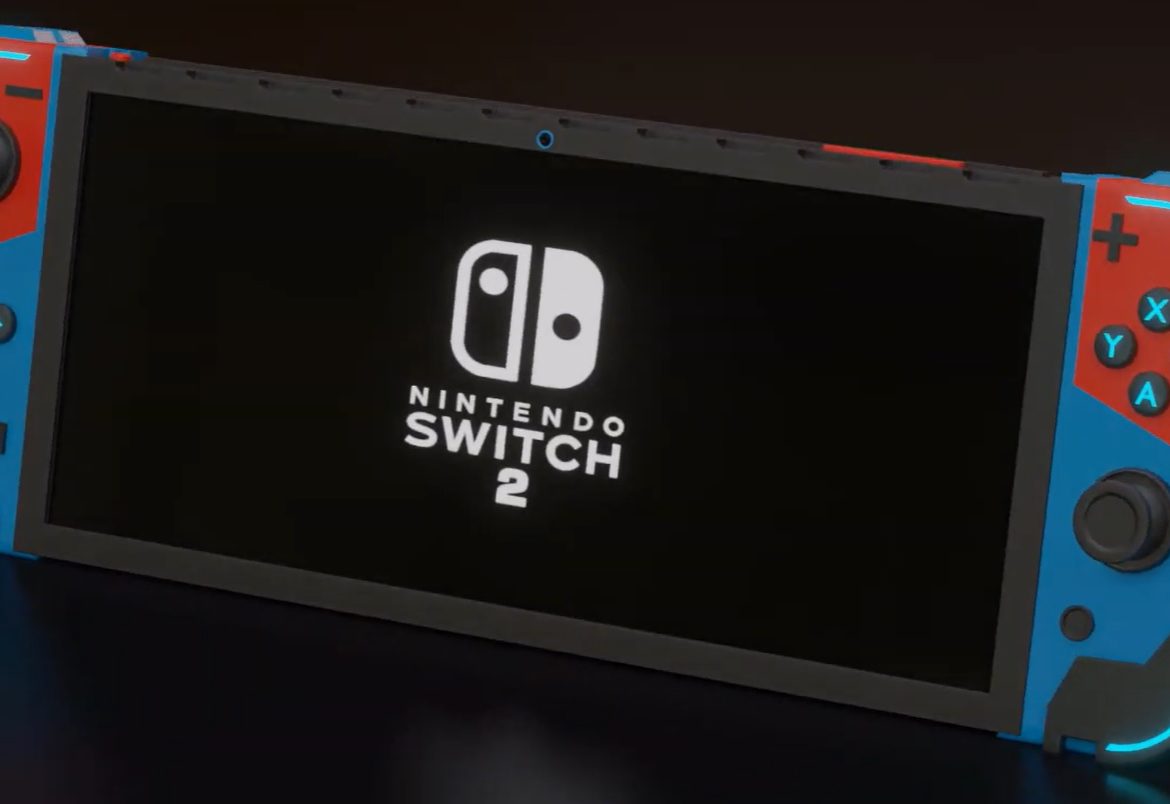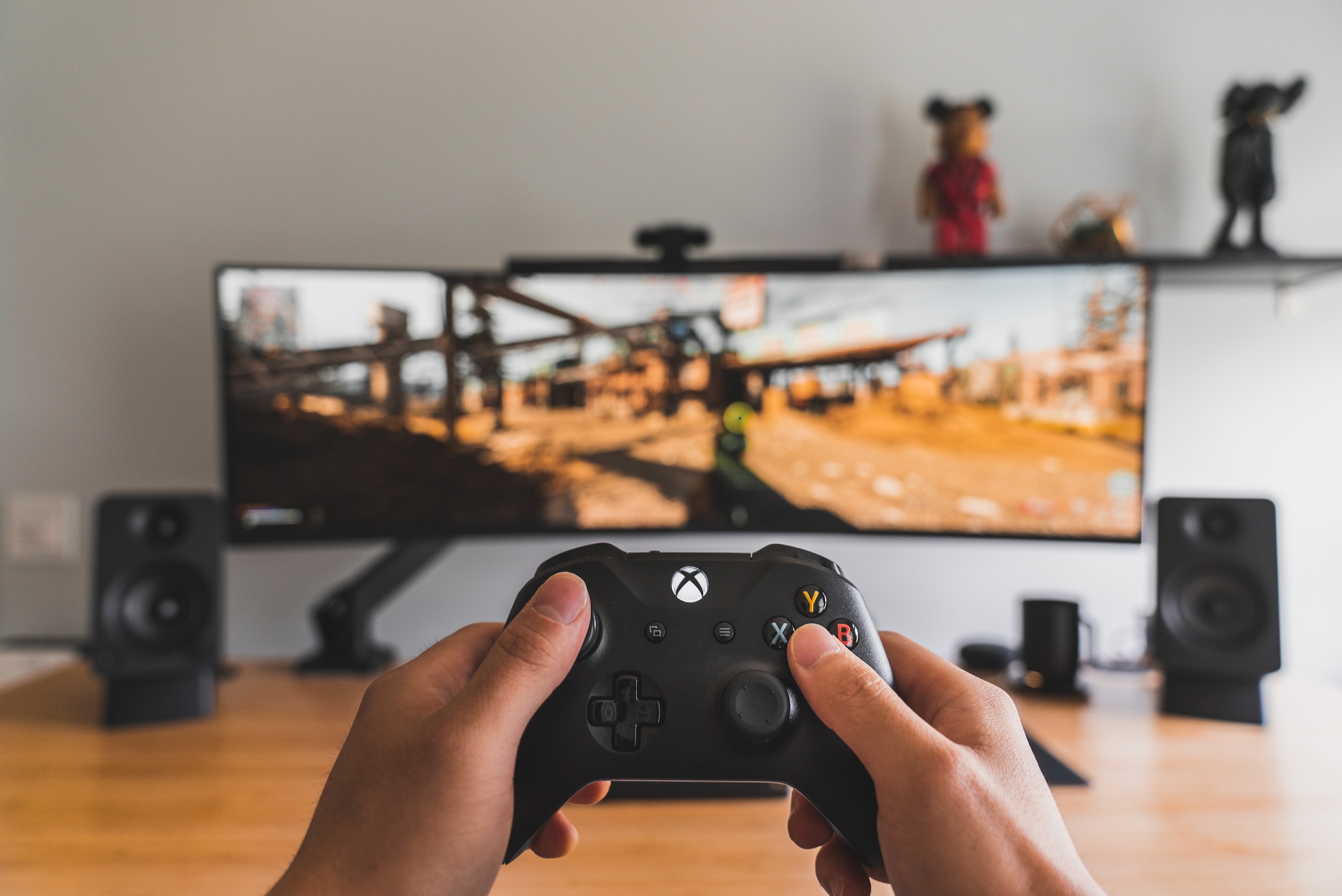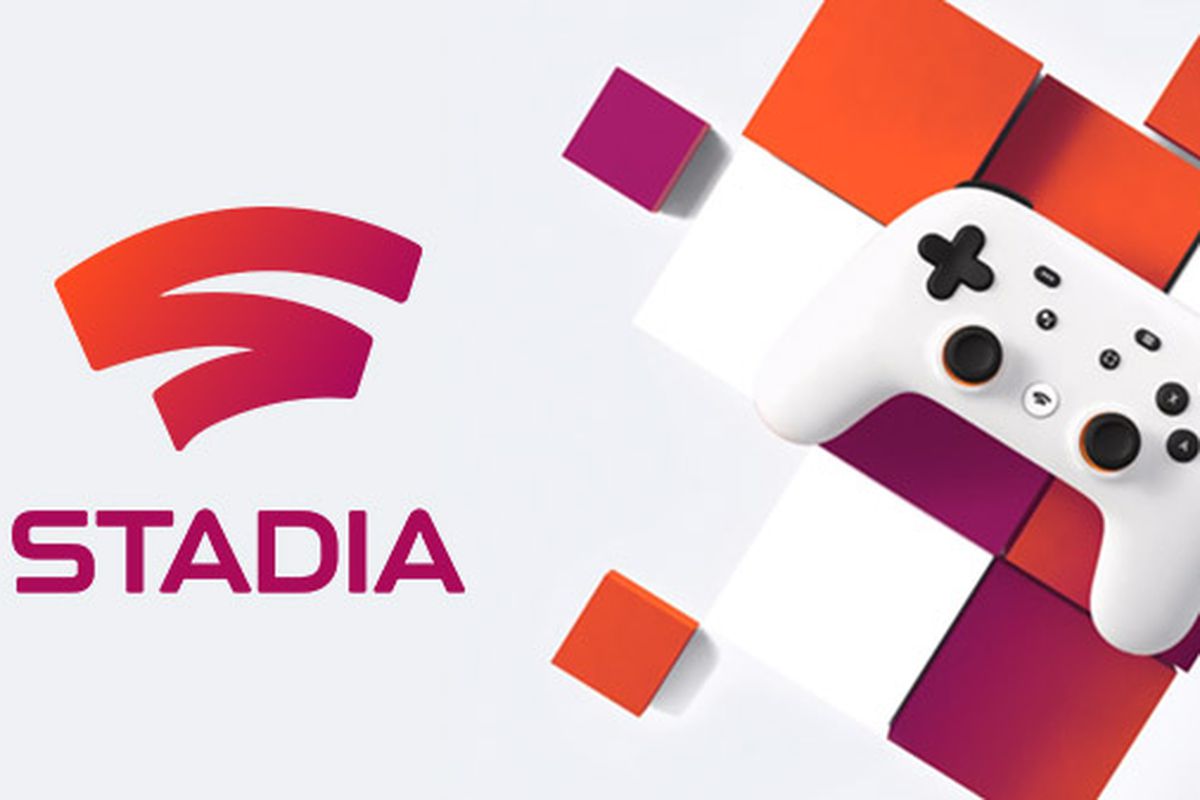The Nintendo Switch arrived on the scene on March 3, 2017, and over six years later, not all that much has changed. Since its initial release, Nintendo has improved the Switch’s battery life, released a smaller Lite model and added an iteration with a larger OLED screen. The idea of the Switch, however, has remained the same. All of the models mainly use the same type of CPU and GPU, too.
As always, it’s hard to know whether Nintendo is going to create a truly revamped “Switch Pro” model that’s been expected off and on for years. And for however successful the Switch has been – it’s one of Nintendo’s top products of all time – it’s over 6 years old. It’s overdue for it to get more advanced to stay competitive. Here’s what Nintendo could – and should – do next.
Add a new processor to keep up with the competition
4K graphics aren’t the only thing Nintendo could adopt: think graphics that could let the Switch finally compete with newer Xbox and PlayStation consoles and games. The Switch has struggled with games requiring high-end graphics performance that can run on the PlayStation 5 and Xbox Series X. It’s led to a trend of cloud-streaming games on the Switch that need to be internet-connected to work. While game streaming is only going to grow, the next Switch needs to handle these games better on the console. Could it even, somehow, add graphics processing in the dock itself? That would ramp up the cost, but it’s an interesting thought. Some computers can do that now, adding a Thunderbolt-connected graphics unit while docked. But on a console, it could become a messy idea (memories of the Sega Genesis 32X start to pop up).
One question with an upgraded Switch processor would be how Nintendo balances games for the “new” system versus the older one. The Nintendo 3DS got a chip upgrade midcycle with the New Nintendo 3DS, but its advantages were subtle. Sony’s PlayStation 4 Pro improved graphics for many PS4 games, acting as a stepping stone between the PS4 and PS5, but it wasn’t an essential pickup for most gamers. Microsoft did something similar with the Xbox One X before the Series X and S, so there’s precedent.
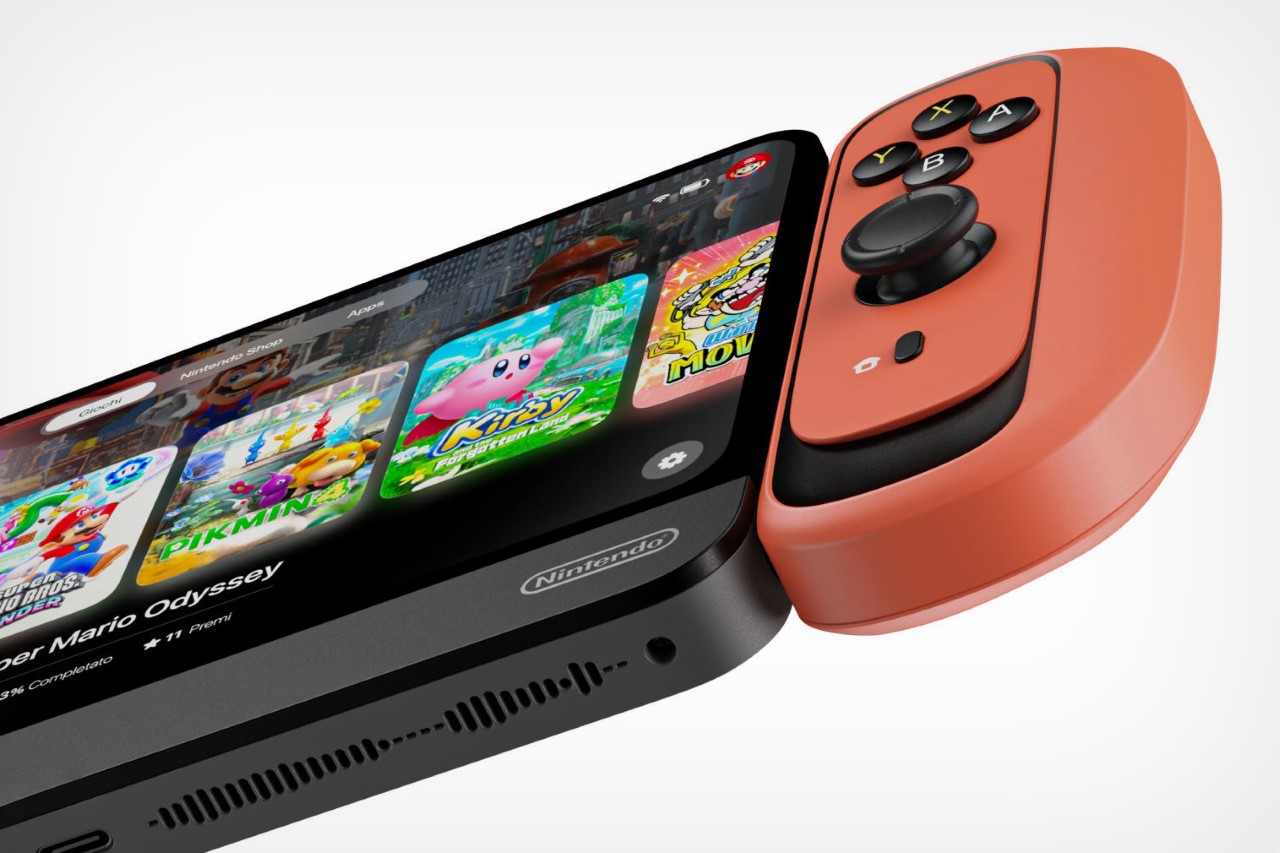
Fix those Joy-Cons
Those little versatile Joy-Con controllers that slide onto the Switch are a brilliant idea… but they’ve aged awkwardly. Many Joy-Cons end up with drift problems or worn-out buttons over time. (The Switch OLED’s Joy-Cons are meant to have subtly addressed the drift problem, but are otherwise the same as ever.) The Joy-Cons’ haptic vibrations, while ahead of their time in 2017, now seem behind what the Xbox and PlayStation (and phones) can do, too. And the Valve Steam Deck adds other inputs: haptic-enabled touchpads that consumers love having as an additional option, and rear paddle triggers.
An even better Switch display
The OLED Switch has an excellent 7-inch OLED screen that’s far more vibrant than previous Switch models. I love it, but it’s not enough. That display’s 720p resolution is fine for Nintendo’s current games, but a 1080p OLED makes more sense for a next-gen Switch. The Switch can already output 1080p on a TV with the dock. Maybe that screen size could be improved even more, too, creeping to 8 inches. The OLED Switch shrank bezel sizes considerably compared with the older Switch, but there’s still wiggle room.
The current handheld gaming landscape isn’t faring much better. The Steam Deck’s display resolution is 720p, too. Adding a higher-res screen could end up taxing the Switch 2’s processor and battery life.
Most current Nintendo games don’t lean on high-res graphics that much, but if Nintendo boosts that processor to allow for more competitive next-gen games to work on Switch hardware, there would be reasons to improve that display. Then again, Nintendo hasn’t generally been about bleeding-edge resolution specs in the past.
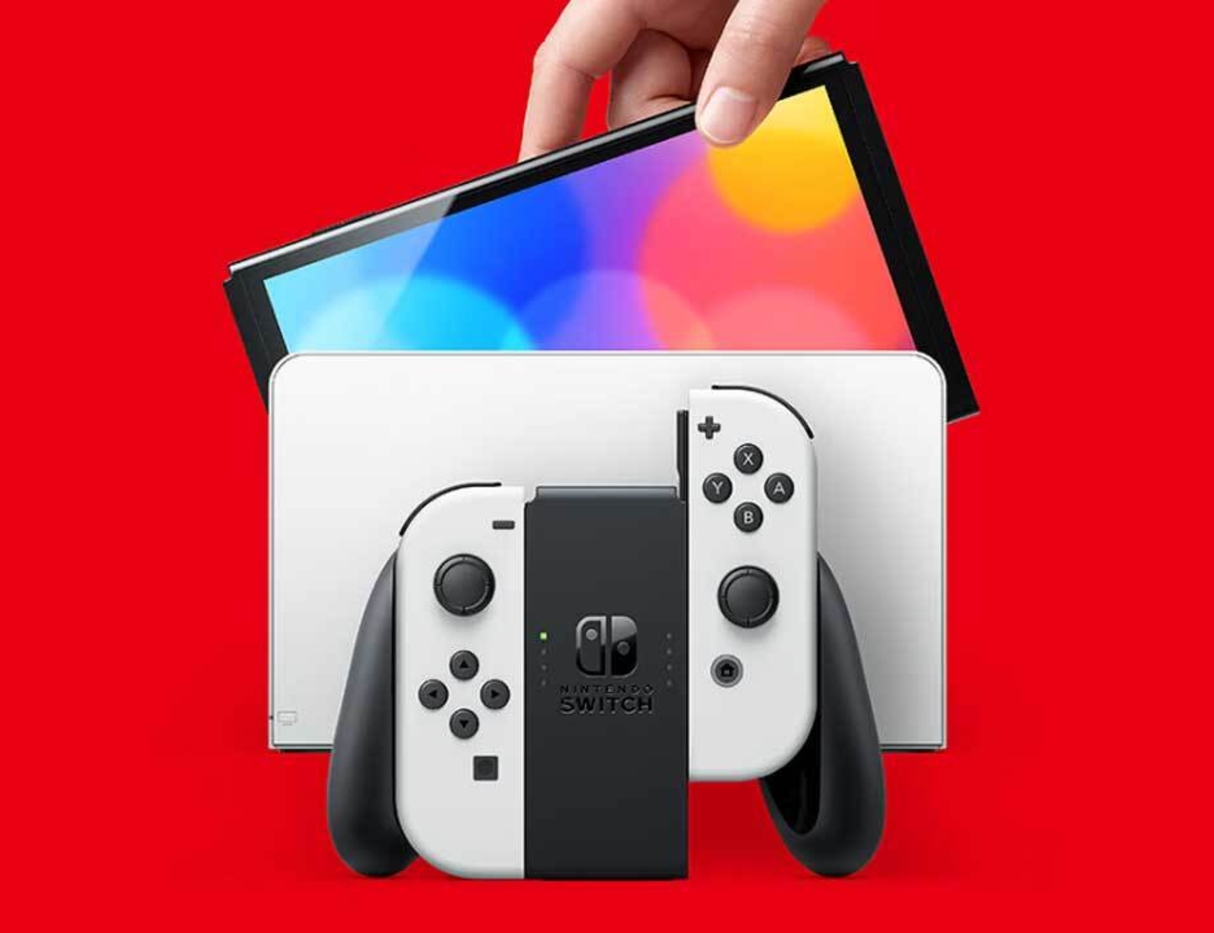
Replaceable batteries
Handheld game consoles will be required to have user-replaceable batteries in Europe by 2027, thanks to a new EU regulation. That could mean good news for gamers, if it means a Switch 2 ends up having a more accessible battery. If this comes to pass, it could also possibly open up third-party battery options or extended battery packs. At the least, being able to swap in a new battery for long trips would be fantastic.
The Switch is fine – for now
For now, be happy with whatever Switch you have, and even buying a new one (especially if it’s on sale) isn’t a terrible idea. There are plenty of great games. But I’m ready to keep an eye out for something new on the horizon. It’s been two years since the last Switch, and odds are something is on its way in the next year.

